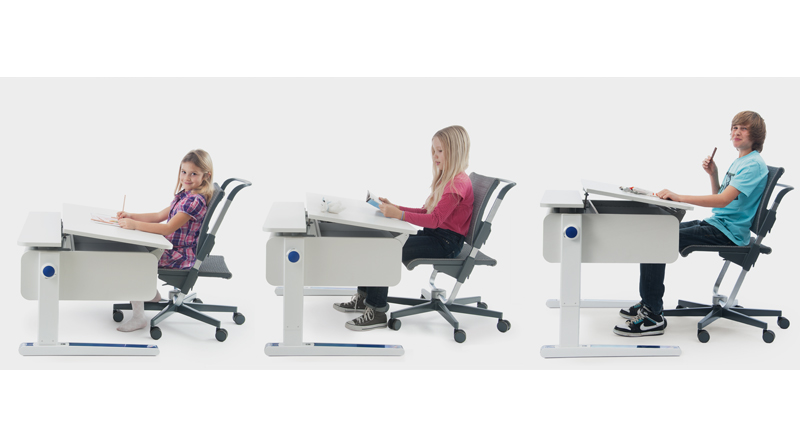If you want your child to be a stellar student, don’t limit learning to the walls of his classroom. Although the skills he’s learning there are crucial to his intellectual and social growth, your child needs your help to open up the world of ideas.
Fill your child’s world with reading.

Take turns reading with your older child, or establish a family reading time when everyone reads her own book. Demonstrate how important reading is to you by filling your home with printed materials: novels, newspapers, even posters and placemats with words on them.
Encourage him to express his opinion, talk about his feelings, and make choices.
He can pick out a side dish to go with dinner and select his own extracurricular activities. Ask for his input on family decisions, and show that you value it.

Provide him with play opportunities that support different kinds of learning styles — from listening and visual learning to sorting and sequencing.
Supplies that encourage open-ended play, such as blocks, will develop your child’s creative expression and problem-solving skills as he builds. He’ll need lots of unstructured play time to explore them.
Ask about what he’s learning in school, not about his grades or test scores.
Have him teach you what he learned in school today — putting the lesson into his own words will help him retain what he learned.

Last but not least, invest on good study desk and chair to support their learning environment.
Children can better concentrate when working with good posture minus discomfort, poor fitting furniture and related distractions. Try our MOLL set for your children, which is designed specifically for kids that encourages appropriate posture and movement may assist with increased levels of attention, concentration and learning.

Ergonomics isn’t just for teenagers or adults over twenty. In fact, with more and more children relying on electronic devices for their homework, classroom activities, social lives, and entertainment, imparting good ergonomics for kids is absolutely essential. Ergonomics can be defined as how an environment supports the natural movement of those who occupy it. Because of this, it is essential for children. Kids need movement. And they need fun. As they move, the neuro-pathways in their brains connect. And an ergonomic environment that empowers their natural movements is extremely beneficial to their development. Teaching and training will be much more effective if you make it fun for them as well as educate them as to why this is so very important.





